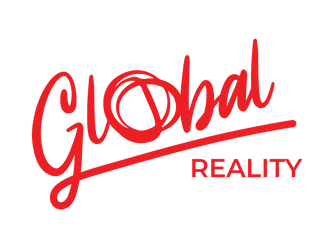Water is a precious resource, vital for all forms of life. However, in many parts of the world, access to clean and safe drinking water remains a challenge. Traditional water sources may be contaminated or scarce, leading to health risks and humanitarian crises. In recent years, a groundbreaking technology has emerged to address this issue – H2O TECH Atmospheric water generators. In this article, we will explore how AWGs are revolutionizing water supply by harnessing the power of the atmosphere to generate clean and potable water.
Understanding Atmospheric Water Generators
Atmospheric water generators are innovative devices designed to extract moisture from the air and convert it into usable water. They utilize a combination of condensation and filtration techniques to produce high-quality drinking water. AWGs are particularly effective in regions with high humidity levels, but they can also function in arid environments with the help of additional technologies like dehumidifiers
The Science behind AWGs
AWGs rely on the principle of condensation, where warm air is cooled to its dew point, causing the water vapor to condense into liquid form. This condensed water is then collected, filtered, and purified to remove any impurities, ensuring its safety for consumption. Some advanced AWGs employ multiple filtration stages, including activated carbon and UV sterilization, to enhance the water quality and eliminate potential contaminants.
Environmental Benefits
One of the significant advantages of AWGs is their minimal environmental impact. Unlike traditional water sources that require extensive infrastructure and energy-intensive treatment processes, AWGs operate using renewable energy sources such as solar power. By reducing dependence on groundwater and surface water, AWGs help preserve these resources and mitigate the strain on existing water supplies.
Applications and Potential
AWGs have a wide range of applications, making them invaluable in various settings. They can provide clean drinking water in remote areas lacking infrastructure, disaster-stricken regions, and even onboard ships or airplanes. AWGs can also supplement existing water sources in urban areas, ensuring a more resilient water supply in times of drought or water scarcity.
Challenges and Future Outlook
While AWGs offer a promising solution to water scarcity, there are still challenges to overcome. High initial costs and energy requirements limit their widespread adoption, particularly in economically disadvantaged regions. However, as technology advances and economies of scale are achieved, it is expected that AWGs will become more affordable and accessible, enabling greater global implementation.
Atmospheric water generators are transforming the way we approach water supply challenges. By harnessing the abundant moisture in the atmosphere, these innovative devices provide a reliable source of clean and safe drinking water. As the world faces growing water scarcity and environmental concerns, AWGs offer a sustainable solution to address the global water crisis. With continued research, development, and increased accessibility, atmospheric water generators have the potential to revolutionize water supply and improve the lives of millions worldwide.

